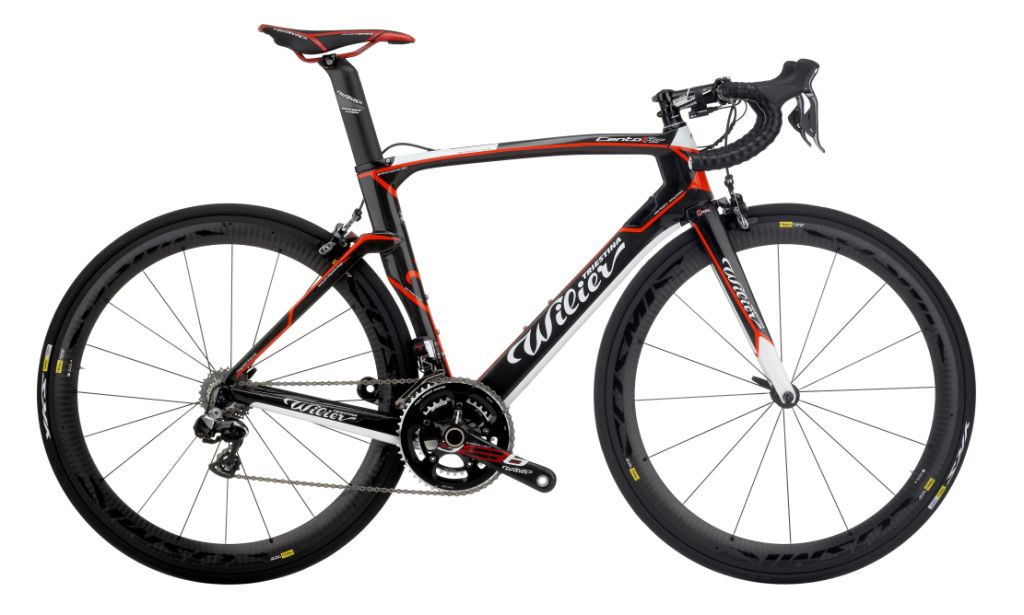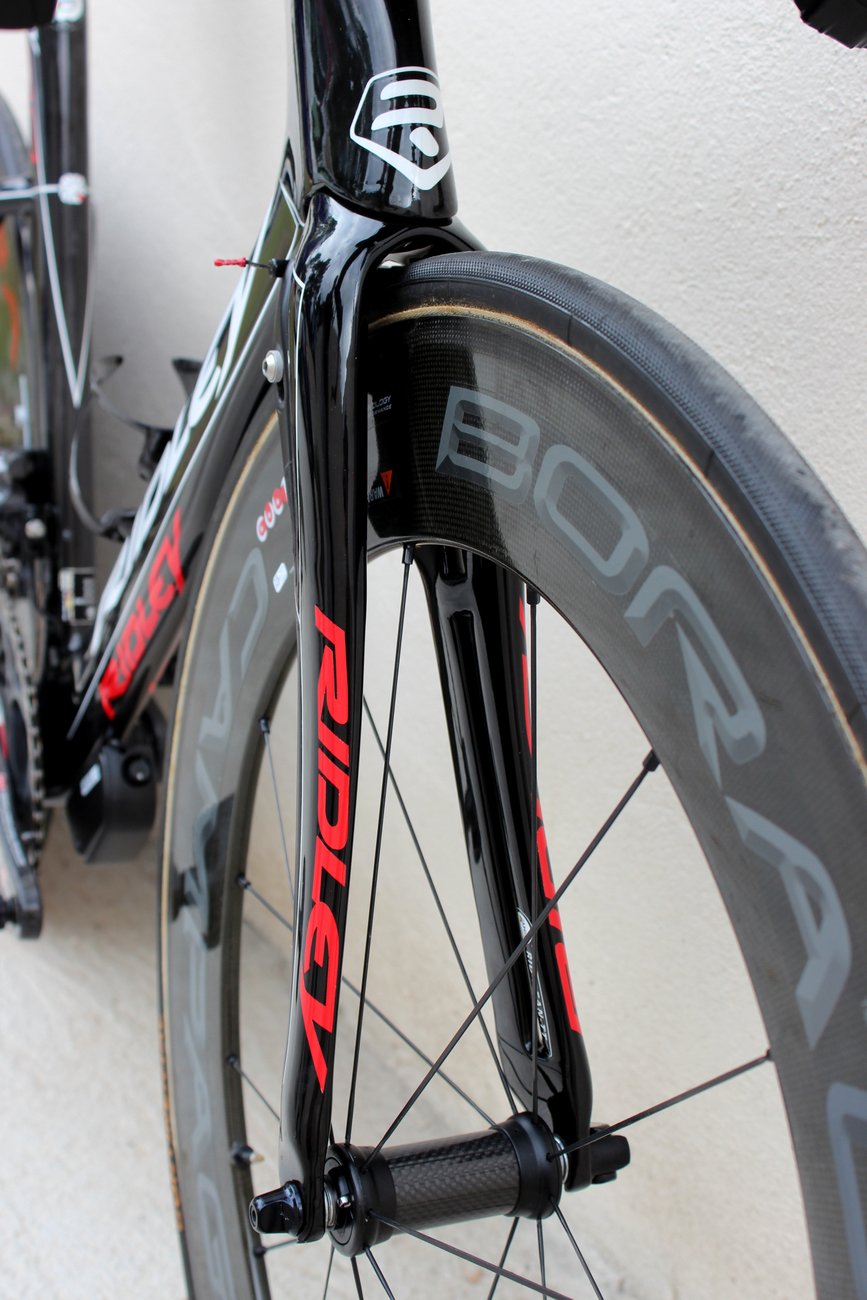Sportives are long, endurance based events and require proper fuelling to be completed to the best of your ability.
Ever felt that you tend to fade as the miles tick by, even feeling light-headed and faint towards the end of an event?
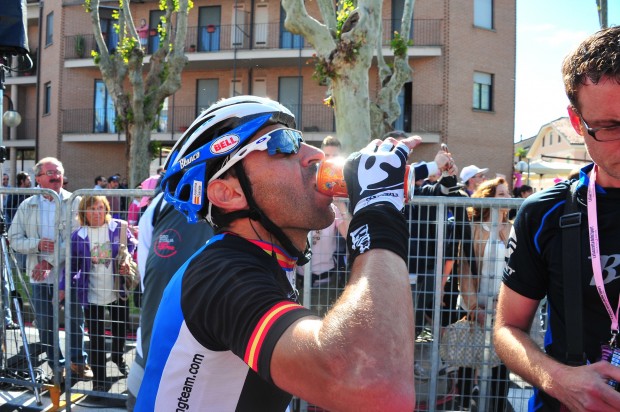
This could well be the dreaded ‘bonk’, where your body’s carbohydrate stores and eventually your blood sugar concentration drops to what can be a dangerously low level, affecting your co-ordination, concentration and of course cycling performance.
Before
‘Carbohydrate loading’ has long been used to improve endurance performance. Early research in the field found that when athletes consumed a high carbohydrate diet in the days before an endurance cycling test, they were able to cycle for over 60 minutes longer before becoming exhausted when compared to a ‘normal’ mixed diet. High carbohydrate diets increase the stored carbohydrates (glycogen) in the liver and muscle. Traditionally this was thought to require a ‘depletion’ period where a low carbohydrate diet was consumed for three days following a hard training session to exhaust glycogen stores followed by another three-day period with a very high carbohydrate content.
In practice, this disturbs training quality and mood in a very important period before your key events and more recently similar results have been obtained by using a very high carbohydrate diet (up to 80 per cent of total energy from carbohydrates) for just one-day before your event. In practical terms, ensuring that you eat enough carbohydrates in the days before your sportive, especially if you are travelling abroad when your normal daily patterns will be interrupted, and consuming a high carbohydrate diet in the day before your event – cereals and toast for breakfast and pasta/rice based lunch and dinner (such as a pre-ride ‘pasta party’) are a great way to ensure you come into the event fuelled and ready. With all this eating, don’t forget to drink plenty of fluids too, if you are pressed for time, as when travelling the day before an event, a sports drink can be a good way to both top up your carbohydrate levels and remain hydrated.
During
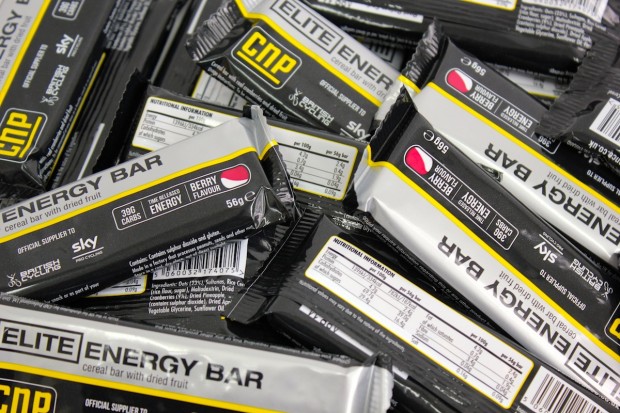
Dehydration and glycogen depletion can lead to marked decreases in cycling performance, especially in the heat. When working hard you sweat to cool down the body, preventing dangerous hyperthermia and enabling a continued high work rate. It is not unusual to lose up over one litre of fluid each hour and sometimes much more. Sweat rate is individual, so to get an idea of how much you sweat during a hard ride weigh yourself (naked, as sweat will weight down your cycling kit) before and after a hard hour’s riding. A kilogramme weight loss is equivalent to roughly one litre of fluid so if you lose one kilogramme in an hour that’s a sweat rate of ne litre per hour! Sports drinks are a great way to replace lost fluid and to keep carbohydrate levels topped up, an additional advantage is that these often contain electrolytes (mainly sodium) which help to replace those lost in sweat. Sweat is salty because of it’s high electrolyte content and drinking large volumes of plain water (with no electrolytes) can lead to a dangerous condition called hyponatraemia or low blood sodium content.
As well as replacing fluids, keeping carbohydrate levels high is also important. The body can normally only absorb around 60g per hour of glucose, however newer energy products containing a combination of different carbohydrate sources allow up to 90g per hour of total carbohydrates to be absorbed, meaning more energy is delivered to the muscles for use and improving performance in prolonged cycling trials. A combination of carbohydrate drinks, water and solid food can deliver your needs in most events. Most sportives have sponsored food stops to refuel around the course. A good idea is to find out what brands (if any) of energy products are available there and try this out in training before, preferably during a long, hard ride, to see how you cope with it. If for some reason your stomach doesn’t get on with these products you know you’ll need to be self-sufficient.
After
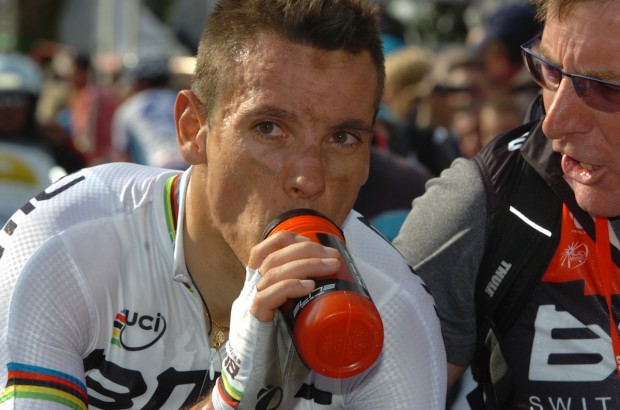
While it’s tempting to celebrate your achievement of finishing a sportive with a few beers while swapping stories with your mates, a few small steps can mean that you recover much better and will feel better in the long term. Post-ride rehydration is important. It can be impossible to properly maintain hydration status when riding, if you’re not in the Tour with a car alongside. If you’re losing over one litre each hour this is going to be extremely difficult to replace while riding. Again, a carbohydrate drink or a more specialist ‘recovery drink’ can be used to both rehydrate and refuel, though if you’ve had enough of powders by now a flavoured milkshake is a great alternative containing proteins and carbohydrates and often tasting better. Aim to sip on a non-alcoholic drink constantly for the first hour or two following the event, by this time you should have had the chance to get a post-ride meal and can relax knowing you’ve earned a celebratory treat for tea that night.




